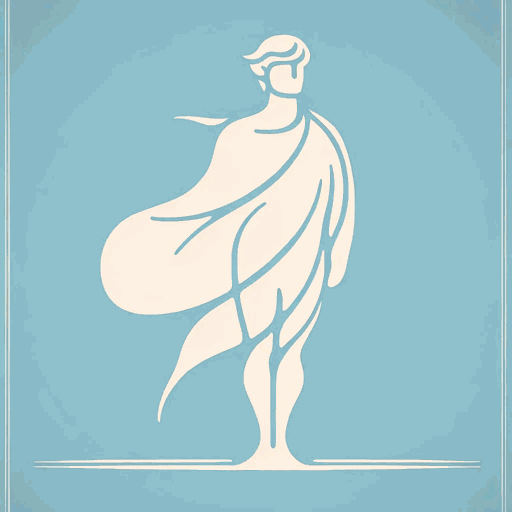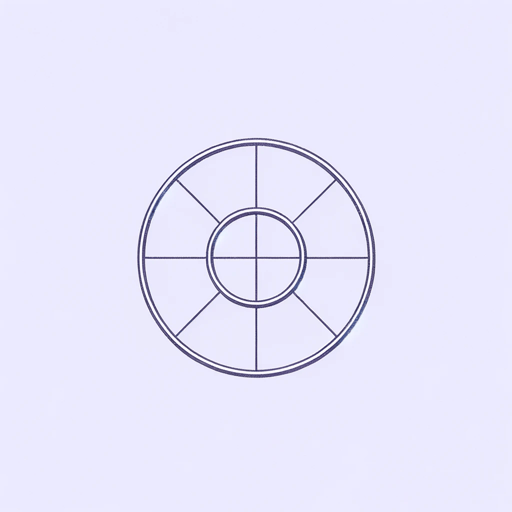82 pages • 2 hours read
Joseph CampbellThe Hero with a Thousand Faces
Nonfiction | Book | Adult | Published in 1949A modern alternative to SparkNotes and CliffsNotes, SuperSummary offers high-quality Study Guides with detailed chapter summaries and analysis of major themes, characters, and more.
Part 2, Chapter 2Chapter Summaries & Analyses
Part 2: “The Cosmogonic Cycle”, Chapter 2: “The Virgin Birth”
Part 2, Chapter 2, Section 1 Summary: “Mother Universe”
The fatherly creator often brings about his creation through “the mother of the world” (297). Campbell invokes the broken-off female of the Hindu Self referenced in an earlier chapter, as well as the cosmic egg, of which the mother of the world is the shell. At times, however, the creator is not male but female, and is depicted as a virgin “because her spouse is the Invisible Unknown” (297).
The Finnish mythology contained in the Kalevala follows a virgin borne of the air who floats on the sea for seven centuries. The sea conceives life in the virgin, now the Water-Mother, but she cannot deliver him. A bird lays eggs on her knee, which break and become the elements of creation. The Water-Mother shapes these elements with care. Meanwhile, she carries her child, Väinämöinen, into his middle age. He prays but is not released, so he climbs out and rests on the sea.
Part 2, Chapter 2, Section 2 Summary: “Matrix of Destiny”
The goddess of the world may disguise herself, for she not only brings life but death. In Sumero-Babylonian tradition, the goddess changes shape—whether virgin, seductress, the moon’s lover, or “hag of hell” (303)—according to the positions of planet Venus.
In modern-day Zimbabwe, the Wahungwe Makoni tribe tells of several kinds of women in their creation myth.
Related Titles
By Joseph Campbell



